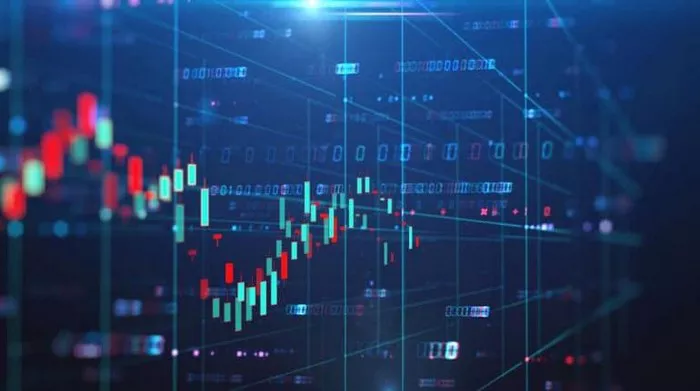In the dynamic world of financial markets, the movement of indices, such as the S&P 500, can spark intrigue and speculation. The term “S&P futures down” is often used to describe a decline in the value of the S&P 500 futures contracts. But what factors contribute to this decline?
Understanding S&P Futures
S&P futures refer to futures contracts based on the S&P 500 index, which represents the performance of 500 large companies listed on U.S. stock exchanges. Futures contracts are financial derivatives that allow investors to speculate on the future value of the underlying asset, in this case, the S&P 500 index. When S&P futures are down, it indicates that the value of the futures contracts has decreased, suggesting a negative sentiment or outlook for the underlying index.
Market Sentiment and Investor Behavior
One of the primary drivers behind the decline in S&P futures is market sentiment, which is influenced by a multitude of factors. Investor behavior, economic indicators, geopolitical events, and corporate earnings reports can all impact market sentiment. Negative news or events, such as disappointing earnings releases or unexpected geopolitical developments, can lead to a decline in investor confidence, resulting in the downward movement of S&P futures.
Economic Indicators and Data Releases
Economic indicators play a pivotal role in shaping market sentiment and influencing S&P futures. Indicators such as unemployment rates, GDP growth, inflation figures, and consumer confidence reports provide insights into the health of the economy. A weaker-than-expected economic report can lead investors to anticipate slower economic growth and reduced corporate earnings, prompting a decline in S&P futures as investors adjust their expectations.
Global Market Factors
The interconnectedness of global financial markets means that events occurring in other parts of the world can impact S&P futures. Factors such as central bank policy changes, trade tensions, and currency fluctuations can have ripple effects across markets. For instance, if a major central bank announces an unexpected interest rate hike, it could lead to a shift in investment preferences and trigger a decline in S&P futures as investors reassess risk and return potential.
Corporate Performance and Earnings Reports
Corporate earnings reports hold significant sway over market sentiment and S&P futures. If publicly traded companies report weaker-than-expected earnings, it can lead to concerns about the overall health of the corporate sector. A series of disappointing earnings releases can cause investors to reevaluate their positions, resulting in a downward trend for S&P futures as expectations for future stock performance are adjusted.
Political and Geopolitical Developments
Political and geopolitical developments can introduce uncertainty and volatility to financial markets. Events such as elections, policy changes, international conflicts, and diplomatic tensions can create an environment of heightened risk aversion. Investors may opt to reduce exposure to equities, including the S&P 500, causing a decline in S&P futures as a reflection of increased market uncertainty.
Technical Analysis and Market Trends
Technical analysis involves studying historical price patterns, chart trends, and trading volumes to predict future price movements. Traders who use technical analysis may identify patterns or signals that suggest a potential decline in S&P futures. If a significant number of traders act on these signals, it can lead to a self-fulfilling prophecy, contributing to a downward trend in the futures market.
Interest Rates and Monetary Policy
Changes in interest rates and monetary policy decisions by central banks can significantly impact the performance of financial markets, including S&P futures. When central banks raise interest rates, borrowing costs increase for companies and consumers, potentially slowing economic activity. This can lead to a decline in corporate earnings expectations, which in turn affects market sentiment and contributes to the downward movement of S&P futures.
Psychological Factors and Herd Mentality
Psychological factors play a role in market behavior, and the phenomenon of herd mentality can influence market trends. If a group of influential investors or institutions decides to sell their S&P futures holdings due to negative sentiment, other investors may follow suit, creating a domino effect that leads to a decline in S&P futures.
Market Volatility and Risk Management
Market volatility, characterized by rapid and unpredictable price fluctuations, can trigger risk management measures by investors and institutions. When volatility spikes, investors may opt to reduce their exposure to riskier assets, including equities. This shift in investment preferences can lead to a decline in S&P futures as investors seek safer havens for their capital.
Conclusion
The movement of S&P futures is influenced by a multitude of complex and interrelated factors. Market sentiment, economic indicators, geopolitical events, corporate performance, technical analysis, and psychological dynamics all contribute to the dynamics of S&P futures. Investors and traders must stay attuned to these factors, continuously analyzing and interpreting data to make informed decisions in a highly dynamic and ever-evolving financial landscape. While the phrase “S&P futures down” may signal a decline in the short term, understanding the underlying factors at play can provide valuable insights into the broader trends and movements of financial markets.

